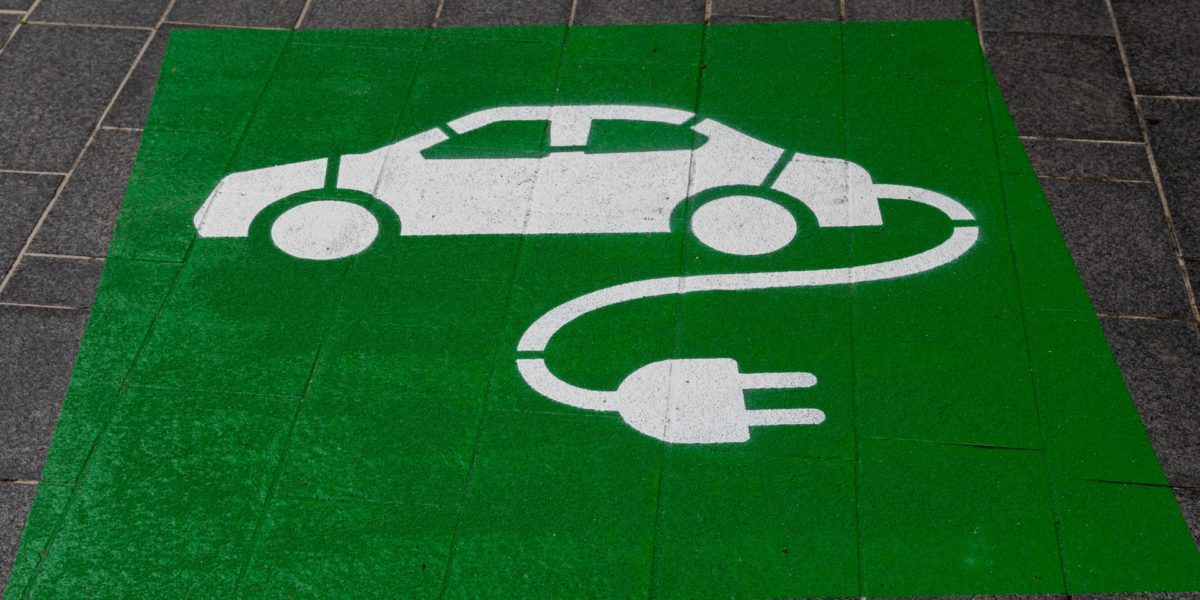Pupils ready for EVs
BSM to launch EV driving lessons as demand grows
The move to electric vehicles (EVs) is accelerating.
According to AA Driving School, young drivers are increasingly opting for driving lessons in automatics. The reason seems to be that they feel they no longer need to learn how to change gear ahead of the coming EV revolution.
Edmund King, President of the AA, said younger learners were already choosing “simpler” lessons in automatic cars. This is because new petrol and diesel vehicles will be banned from the roads in 2030. There are also more and more EVs available second hand or on contract.
AA’s BSM driving school will roll out electric car driving lessons nationally for the first time this year.
Rather than learning how and when to change gear, pupils will be taught to conserve their battery and drive with one pedal.
The revolution
Mr King, who drives an electric car himself, told the Telegraph: “The world of cars is changing. A revolution is coming. I think younger people are beginning to realise that 2030 is really not very far away.
“There is increasingly an acknowledgement that you do not necessarily need to learn how to change gear. In the very near future, you will only need to drive an automatic, because all EVs are automatic.
“Obviously, it is much harder to learn on a stickshift, because the most difficult thing to gather is clutch control. That takes up the first five lessons.”
Automatic for the people
After a successful trial last year, BSM and AA Driving Schools are to give ADIs the option of leasing an EV on franchise.
DVSA data shows that there has been a tripling of candidates in automatics since 2008. The, only 3.8% of tests were taken in an automatic vehicle, but by last year that had grown to 13.8%.
Edmund King says the increase is down to learners preparing for an EV future.
“The increase in automatic tests probably isn’t due to a massive increase in EVs,” says King. However, it is the “presumption that in the future everyone will drive EVs”. It means that their conclusion is “why not take an easier test now to prepare for the future”.
King admits that the price of new EVs and the insurance is high, meaning “there is still a reluctance” to embrace the changes.
Passing of time
Meanwhile, planning for driving test changes to adjust to electric cars are being considered, though not in the short-term. It means lessons on choosing an appropriate gear could be replaced by how to get the most from your battery.
Drivers who take their test in an automatic car could also be allowed to use it for manual systems. As in other countries, it may require and official registered lesson with an ADI first. This would ensure new drivers can still drive older and classic cars.
Planning in place
DVSA’s Deputy Chief Driving Examiner Gordon Witherspoon, says everything is constantly reviewed. This takes in “all vehicle types to take account of changes in technology, driving habits, regulations and highway infrastructure”.
“We have already started work to look at the impact of electric vehicles” he adds. This is to “plan for any changes that this shift in vehicle type and use will need.”





